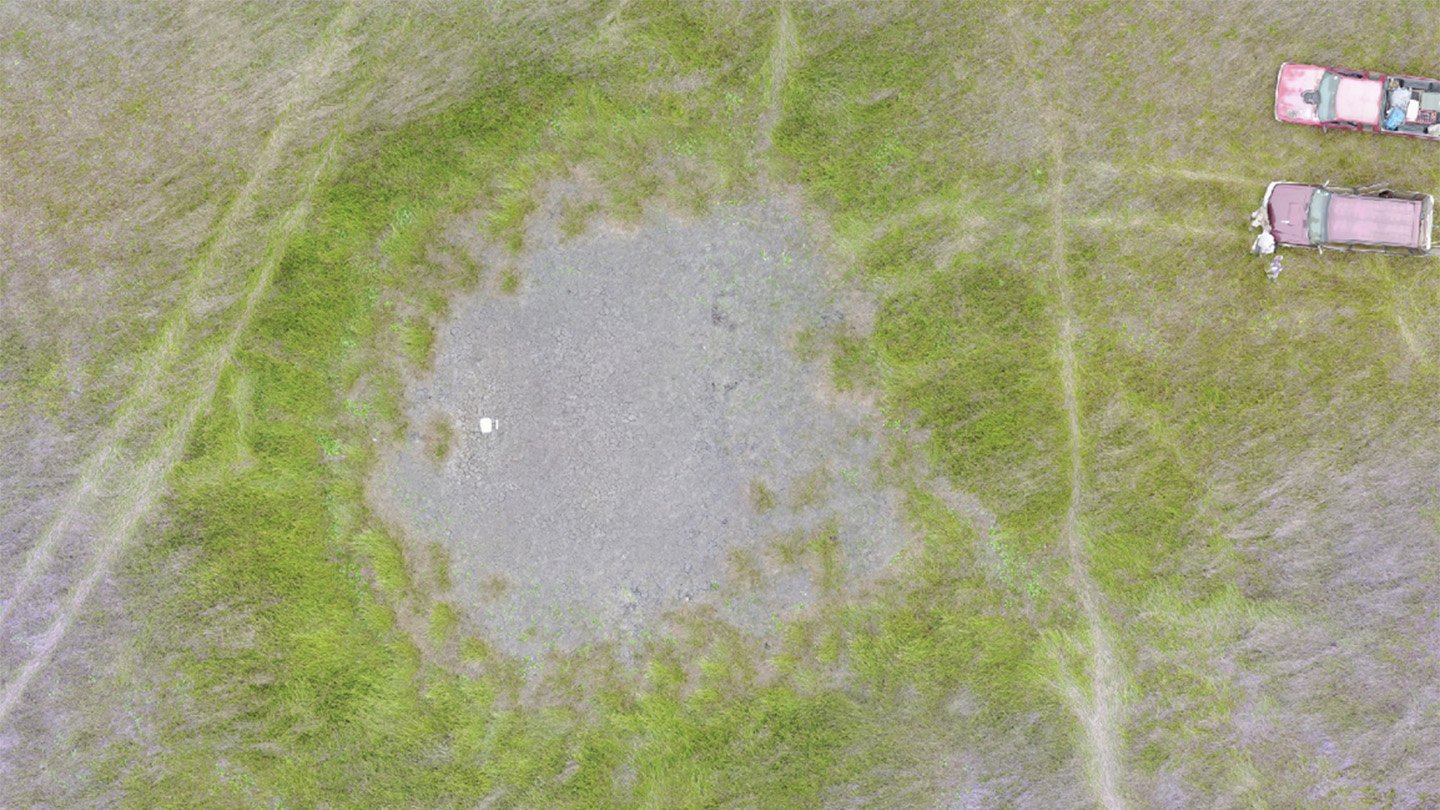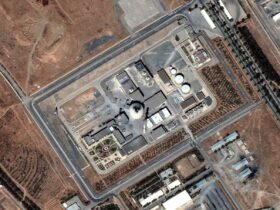
Starting around 4,000 years ago, an elaborate fish-trapping system nourished expanding human populations in lowland Central America, a new study finds. The discovery of this massive construction project indicates that aquatic foods at least partly supported the rise of Maya civilization roughly a millennium later.
Zigzagging across wetlands in what’s now the nation of Belize, an ancient network of earthen channels funneled fish and other aquatic edibles into ponds that formed as flood waters receded in the spring and early summer, say archaeologist Eleanor Harrison-Buck of the University of New Hampshire in Durham and colleagues. Fish trapped in those ponds could have fed an average of around 15,000 people annually, the researchers conclude November 22 in Science Advances.
That many people probably did not assemble near the fish traps until the emergence of large Maya ceremonial and urban centers around 3,000 years ago, the scientists say (SN: 6/3/20).
Harrison-Buck’s team used a camera-mounted drone and Google Earth images to detect 167 shallow channels covering nearly 42 square kilometers in Belize’s Crooked Tree Wildlife Sanctuary. Mapped during the height of the summer dry season in 2017, nearly 60 ponds appeared near the crisscrossing channels.
Radiocarbon dating of material from three excavated channels indicates that hunter-gatherers initially constructed the fish-trapping setup around 4,000 years ago. Geological signs of a drought from about 4,200 to 3,900 years ago indicate that the area turned from a year-round to seasonal marshland at that time, spurring a dietary shift from cultivated maize to aquatic foods (SN: 12/13/18).
No signs of maize pollen turned up in the channel excavations. Ancient menus in this region included fish, turtles, mollusks, waterfowl and edible seeds of amaranth plants that grow well on open landscapes during droughts, the scientists suspect.
Maya villagers reaped the fish-trap system’s aquatic bounty from around 3,200 to 1,800 years ago, the researchers say. One excavated channel ran straight to a major Maya center, Chau Hiix.
Future field work will probe for remains of pre-Maya settlements near the fish-trapping system. The researchers will also investigate possible canal networks identified by remote sensing at two other wetlands in Belize and one in southern Mexico.
Source link












Leave a Reply